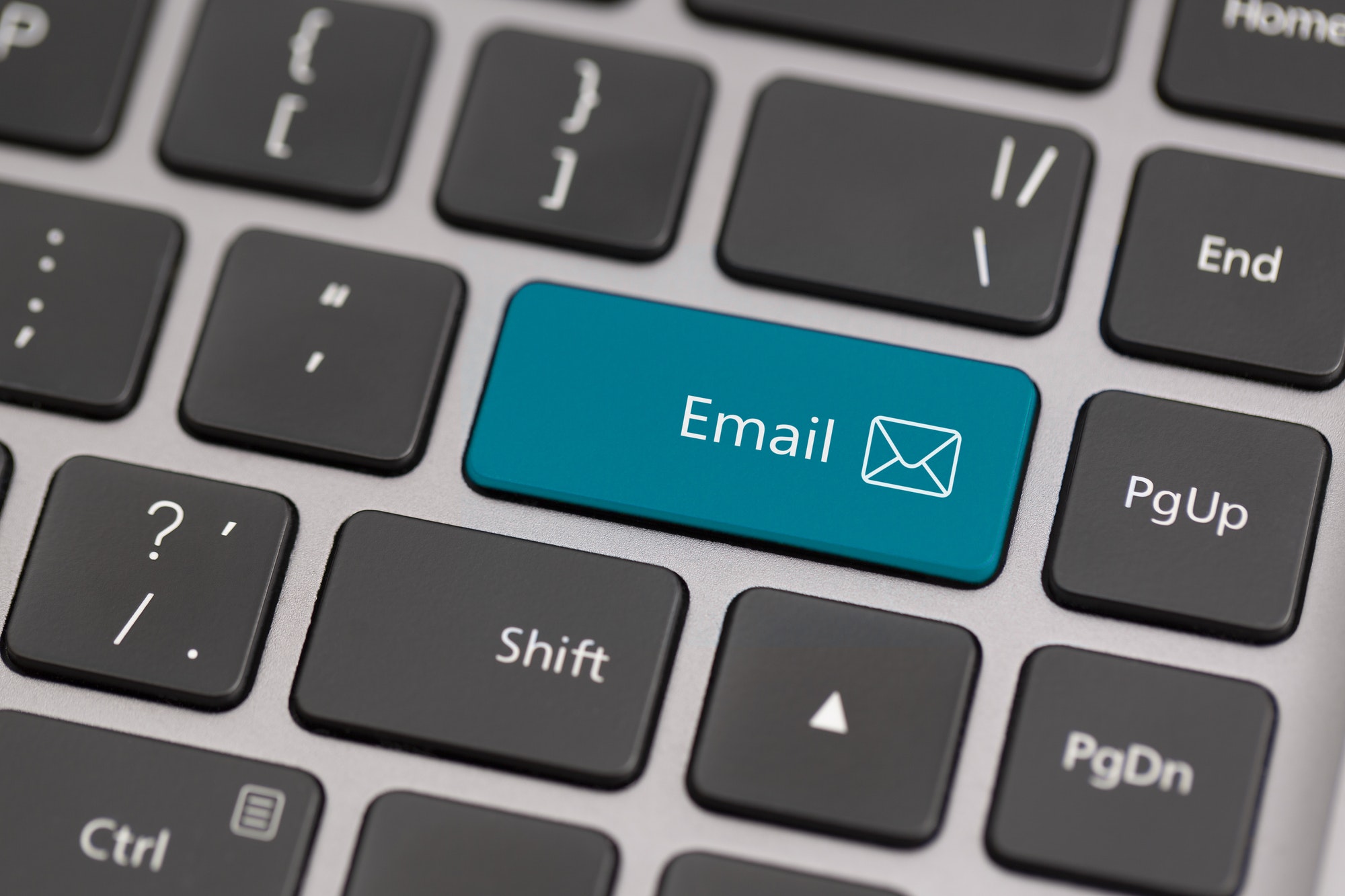Email Marketing Tips for Authors
Aside from writing and publishing a new book, email marketing is often touted as the key to many authors’ success. Whether you send regular emails weekly or monthly or use list-building tactics like newsletter swaps, group promos, and reader magnets, there’s little point in spending all that time creating great content if it’s not getting opened.
Your readers’ email inboxes are bursting at the seams with marketers vying for their attention. Learning how to write solid, enticing email subject lines that entice your readers is a skill, but these tips will help.
- Make the Subject Line Redundant
Email inboxes remain a personal space, so the focus of your emails shouldn’t always be about sales. It’s about playing the long game and building relationships. Show your personality, give glimpses of backstory, and make your emails entertaining enough so that your readers feel as if they know you. Then when your email pops up in their inbox, they’ll see your name and click—because they know they’re getting an entertaining email from a friend.
Pro Tip: A great place to start building this relationship is by nailing your welcome sequence with a minimum of three to five emails. Plot it out just like you would a book: Follow the hero’s journey, or go for a basic beginning, middle, and end. Don’t forget to add a call to action at the end of each email.
- Give Them a Heads-Up
Many people, when faced with something new—e.g., signing up to your email—feel uncertain or distrustful, which will lead them to reject your offer.
You can help avoid this rejection by letting them know what to look for. Let’s say you’re doing a group promo in BookFunnel and someone clicks to download your reader magnet. Telling them to look out for an email from you with a specific subject line can help them overcome doubts, hesitations, and inaction.
- Be Less Forgettable
We’re so used to seeing certain words or phrases, they tend to lose their visual impact. Try the following tactics to catch your readers’ eye:
- Use numbers
- Use square brackets
- Use hashtags
- Use emoji
- Say it differently
Square brackets stand out, and they can be great for drawing attention to part of the subject line. For example: [WARNING] This email contains peril.
Get creative with your copywriting and use unusual words or phrases. Say it differently, and you’ll have a better chance of standing out.
- Less Is Often More
With more users viewing emails on mobile devices, the amount of visible text for subject lines needs to be considered.
Devices vary in how many characters are shown in the subject line, but aiming for around thirty characters should stand you in good stead. It’s short, but this is where using the pre-header text function comes in handy.
Pre-header, meta, or preview text, as it’s interchangeably called, is the little bit of preview text that appears after your subject line and should be around fifty characters. This offers another opportunity to stoke your reader’s interest. Each email service provider is different, so check their help pages to find out how to add yours.
- Quick! Create Urgency
Creating a sense of urgency is one of the oldest tricks in the sales book for the simple reason that people hate to feel as if they're missing out.
Inertia and procrastination are a default setting for many, and when given the choice, they’ll always choose to put off decisions until later—unless it’s urgent and they feel they’ll be left behind.
Pro Tip: Apply urgency in a creative yet authentic way. Using scarcity and urgency is an easy way to boost open rates, but don’t rely on them too often. Only use them when there’s a genuine call for immediate action. Otherwise, people will learn to hold back and wait until your next sale.
- Evoke a Sense of Thingamy
Did you spot that subheading? Did you wonder what a “thingamy” is? It could have just said “Evoke a sense of curiosity,” but instead, this idea combines tip #3 with this tip to create an open loop. As humans, we have an innate desire for closure, so using mystery in your subject line creates an unanswered question (an open loop) in the readers’ minds—which triggers a strong urge to fill that gap.
“SHOCKER: I can’t believe she said THIS” works as a subject line because we can’t resist not knowing who and what the person said.
Pro Tip: Leverage curiosity in different ways by adding specificity. For example, "Before you read another book, read this" or "Before you go to bed at night, don’t do this." Tie the action to what they regularly do to really catch their attention.
- Don’t Be Afraid to Be a Little Risque
If you're not afraid to push the envelope, be a little more controversial. In a world where being authentic and showing our personalities is more the norm, sometimes it actually helps to use controversy to polarize your audience because so often, polarity creates popularity.
Try something like “[genre] readers are the worst for this…” By combining a risque statement with curiosity, people won’t be able to help opening the email to find out more.
While controversy is powerful, it does depend on the audience. You need to make it relevant and have some credibility to back it up. Do make sure to answer the question in the email so they don’t feel like they were tricked into clicking.

